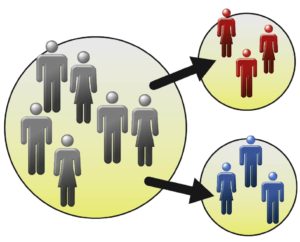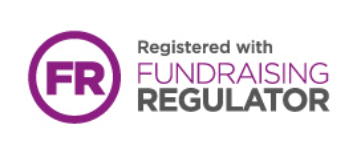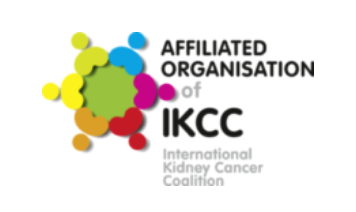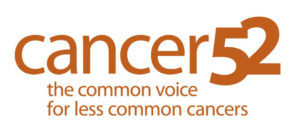What are the phases of clinical trials?
Pilot and feasibility studies
Pilot and feasibility studies are usually run before the start of a larger clinical trial to look at:
- The feasibility of running the larger trial. In other words, to see if it is possible to actually carry out the larger trial
- How the main parts of the larger trial will work on a smaller scale (a pilot study).
1. Feasibility studies
Researchers might carry out a feasibility study before starting a much larger clinical trial to see if the larger trial can be done. Feasibility studies look at things such as:
- The patient population, and whether the research team are likely to recruit enough patients for the larger clinical trial
- The design of the clinical trial, and whether people would be willing to be allocated to treatment groups at random (randomisation)
- The assessments and hospital visits needed for the trial, and whether people are able to complete them
- The length of the larger clinical trial, and whether people would be willing to stay in the trial until the end
- Feasibility studies do not help to answer any of the research questions of the main clinical trial.
2. Pilot studies
Pilot studies are scaled down versions of the larger clinical trial, and help test whether the main parts of the clinical trial will work.
Unlike feasibility studies, pilot studies may also help answer the research question, and sometimes form the first part of the main clinical trial. The data generated from the pilot study can be used when the results from the main clinical trial are analysed.
Investigational clinical trials
There are 4 phases of clinical trials:
Phase I clinical trials are the first studies in humans. These trials are conducted with small numbers of patients or healthy volunteers (usually male). They are used to investigate the most effective dose of the drug in humans and to determine what side effects are most likely to occur.
Phase II clinical trials investigate the safety and efficacy of the drug in larger numbers of patients (100s) with a focus on the effectiveness of the treatment at different doses, and its safety in the target patient population.
Usually, when phase II is completed the pharmaceutical company will decide whether the safety and efficacy of the drug in the target patient population warrants further development. The drug will only be taken into phase III development if there is a very good chance of the drug meeting the strict safety and efficacy guidelines stipulated by the regulatory authorities.
Phase III clinical trials involve large numbers of patients (1000s), usually on a global scale, and are used to compare the efficacy and safety of the new drug with either the standard existing treatment or placebo (dummy treatment). Phase II clinical trials also study the new treatment in different patient populations and different dosages and combinations of drugs.
Phase III studies are usually randomised and blinded so that the patients (and the doctor in the case of double-blind clinical trials) do not know which treatment they are receiving to avoid a biased interpretation of the results. Data obtained from phase III clinical trials are used to demonstrate the benefits of the new treatment over existing treatment or placebo.
Phase IV clinical trials collect information on the use of the new treatment when used in routine patient care (i.e. after a product license has been granted for marketing). For example, a new treatment may be assessed to see how it is being used in the clinic together with other effective treatments to treat a particular disease or medical condition in a select group of patients.



